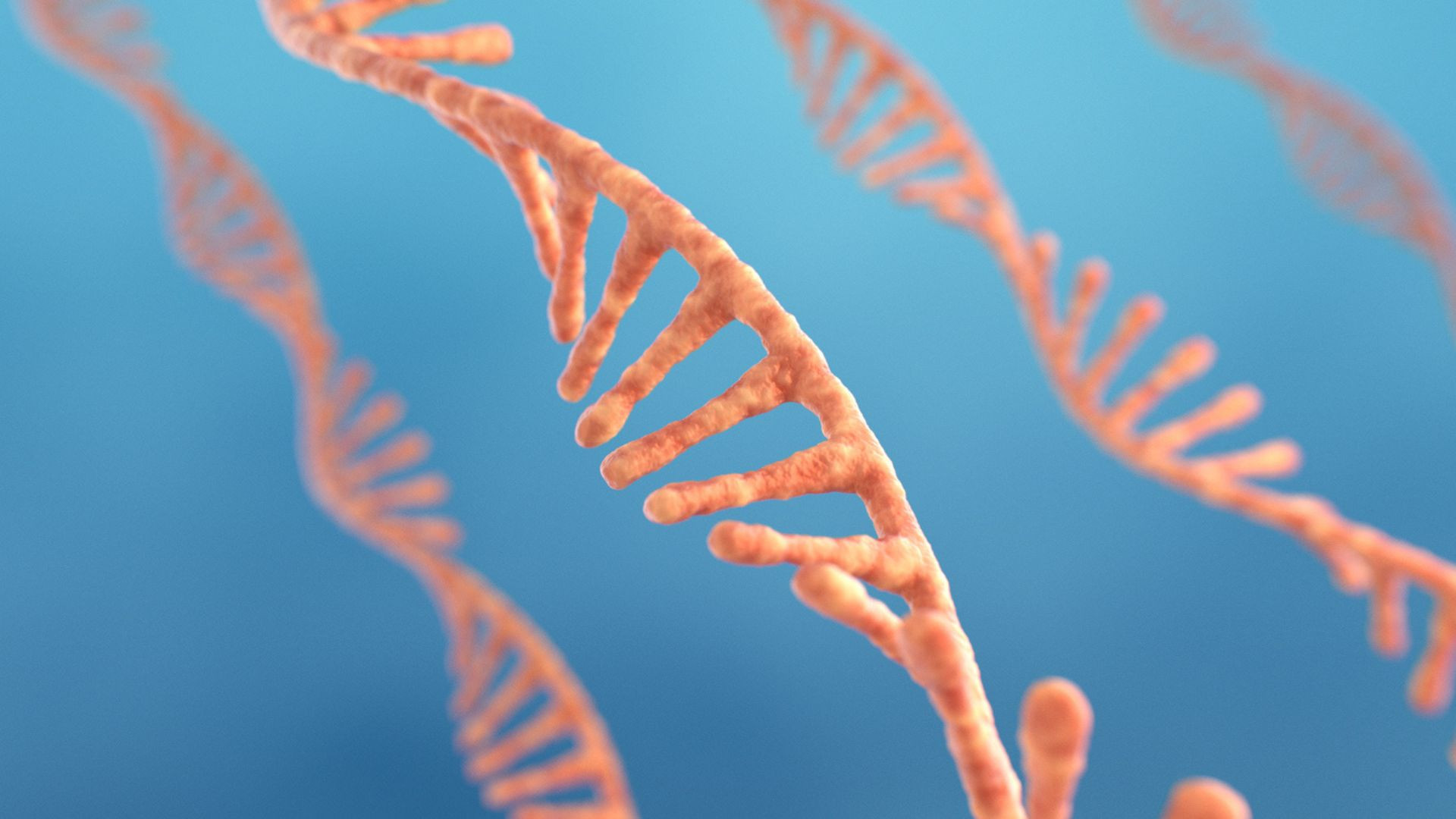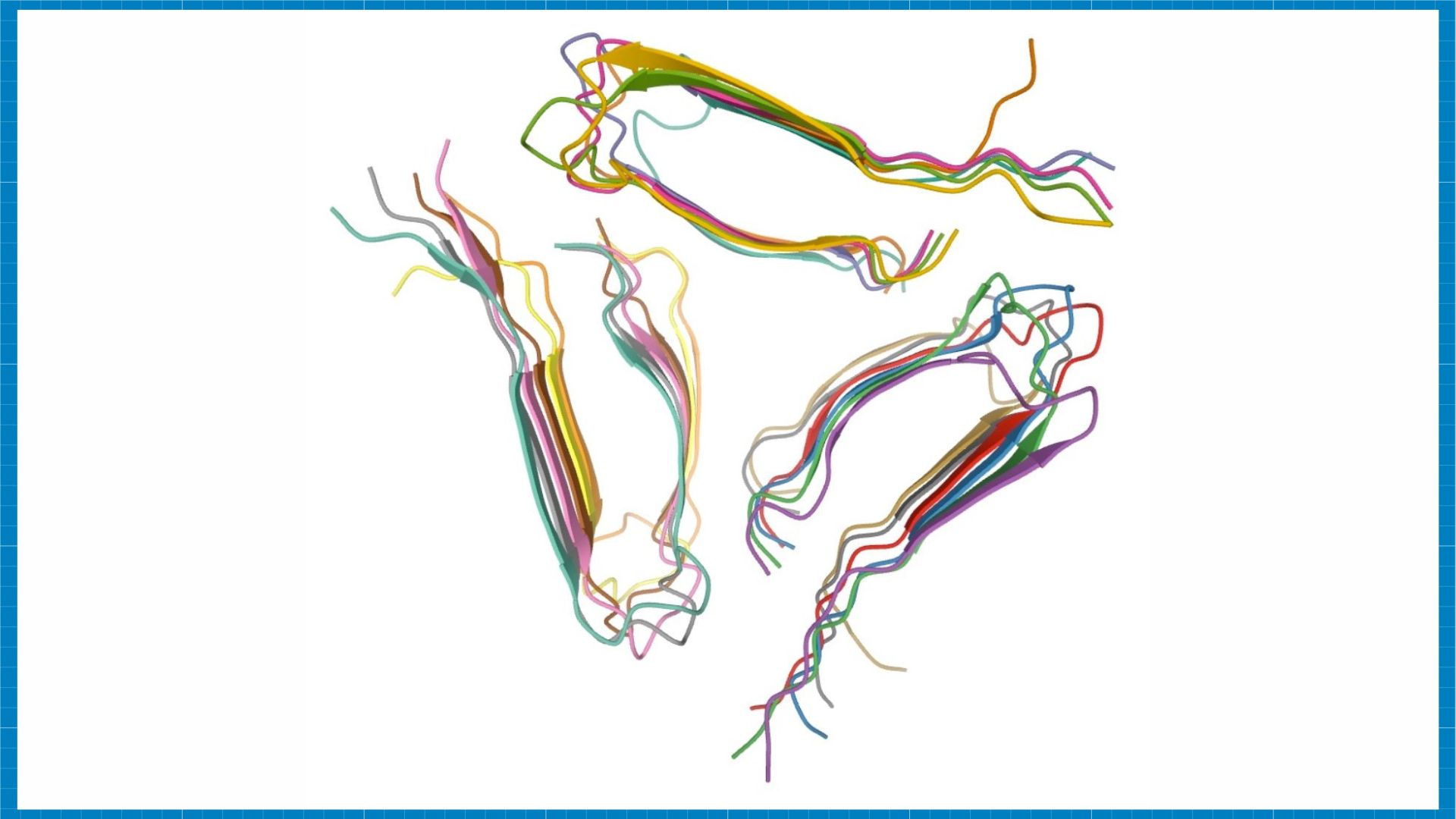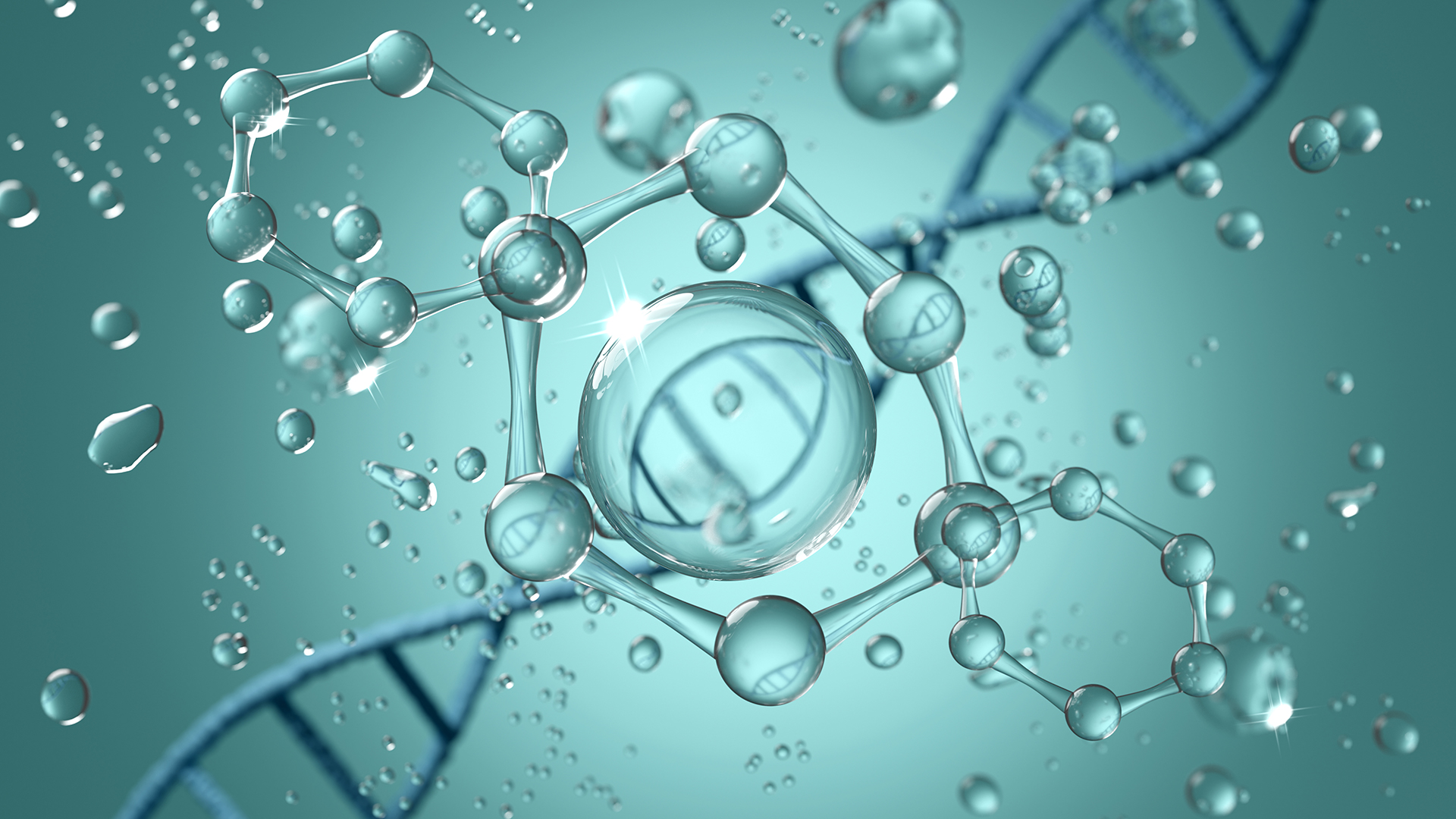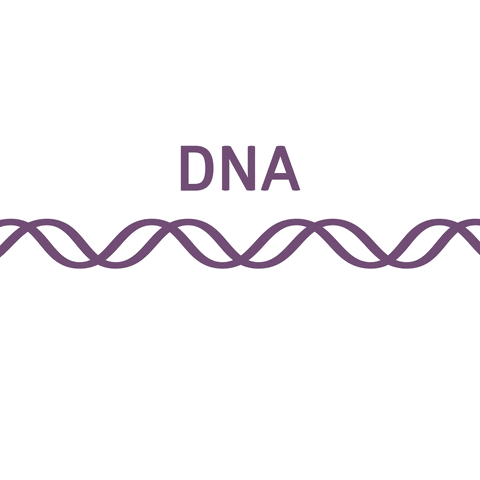Life on Earth emerged about 3.7 billion years ago. Despite this being a crucial milestone in the history of our planet, the precise molecular mechanisms behind its formation remain largely unknown.
Scientists have proposed many theories to explain the origin of life. Two stand out: the primordial soup theory and the RNA world hypothesis.
Both theories follow a linear way of thinking by attempting to focus on a single molecule or class of molecules that led to life on Earth.
However, one of the main challenges to this linear thinking is the uncertainty about which specific molecule or class of molecules emerged first, because the extensive chemical networks that support life are unlikely to come from a few extremely complex molecules.
So now scientists are looking at a different scenario. A study published in the Journal of the American Chemical Society has now proposed this co-evolutionary model where many molecules (such as peptides and nucleic acids) evolved together.
Rather than a single molecule being the origin of life as traditionally thought, the interdependence between different classes of molecules is crucial for the origins of life.
Let’s explore this alternative approach and examine how this new perspective helps address the complexities of prebiotic chemistry and the challenges of identifying a single starting point for life.
Theories about the origin of life
Prebiotic chemistry is the branch of biochemistry that studies chemical reactions and processes that occurred before life on Earth.
There are currently two primary theories regarding the origin of life. Let’s first explore the theory of the primordial soup.
Primordial soup theory
In the 1950s, Stanley Miller and Harold Urey introduced this theory, suggesting that life on Earth originated in a “primordial soup,” a mixture of organic molecules.
Imagine that the early Earth had an atmosphere rich in gases such as ammonia and methane. These gases were subject to lightning, which led to the formation of complex organic molecules, such as amino acids (these are the basic building blocks of life).
These complex organic molecules accumulated over time in Earth’s oceans and became the primordial soup which ultimately promoted life.
RNA World Hypothesis
On the other hand, the RNA World Hypothesis suggests that RNA spontaneously arose on Earth as a precursor to life. According to this theory, RNA molecules were critical in the early stages of life development because they stored genetic information and catalyzed chemical reactions.
Think of RNA, or ribonucleic acid, as DNA’s cousin. While DNA has two strands and is considered the blueprint for life, RNA transmits genetic information and has only one strand.
The primordial soup theory is supported by experiments such as the Miller-Urey experiment, which demonstrated the ability to generate organic molecules under simulated early Earth conditions. Despite the experimental evidence, the theory cannot specify which molecules or components in the soup caused life to evolve.
Likewise, the RNA World Hypothesis is supported by the discovery of ribozymes, which are RNA molecules that function like RNA and also catalyze reactions! It is also suggested that RNA’s versatility supports its role in the origin of life.
Yet it cannot explain the spontaneous formation of RNA molecules on the early Earth, or whether they alone could orchestrate the complexity of the beginning of life.
The proposed alternative
Given the limitations of the two theories, the researchers in this study introduce the idea that peptide amyloids, with their repetitive structure, played a crucial role in the origin of life.
Peptide amyloids, also called simply amyloids, are aggregates of short chains of amino acids known as peptides. These peptides arrange themselves in a specific way to create pleated, sheet-like structures, which interact with each other to create a stable and ordered fiber structure.

Amyloids are considered prebiotically relevant due to their unique properties, which may have influenced early life stages. Here are four main reasons why researchers focused on this:
- Some amyloids can exhibit self-replicating behavior. It parallels a fundamental property of living organisms: the ability to reproduce or make copies of themselves.
- Some amyloids exhibit catalytic properties, accelerating chemical reactions such as complex biochemical processes.
- Amyloids have a stable and ordered structure and provide a platform for interactions with other molecules. This structural stability could have contributed to the organization of early molecular systems.
- Amyloids can interact with nucleotides (building blocks of DNA and RNA). This interaction could have influenced the formation and stability of genetic material in the prebiotic environment.
RNA-amyloid interactions
Challenging traditional theories, the researchers delve into the complicated dynamics of RNA-amyloid interactions to unravel a compelling story of co-evolution.
Interaction between genetic material and amyloids
The researchers synthesized several different peptide amyloids, but all were made with an emphasis on replication potential and structural stability. They exposed the short RNA sequences to amyloid because they wanted to understand the binding patterns between the two and how this affected RNA stability.
Researchers observed a unique sequence-dependent binding mechanism between the two, suggesting that binding is influenced by the sequence of nucleotides in the RNA molecules.
The mutually beneficial compound stabilizes the structure of amyloids, demonstrating their periodic and well-defined nature and at the same time acts as a guardian by curbing the hydrolysis of RNAs (which is the breakdown of RNA).

The study found that at least three ribonucleotides are involved in binding small RNAs and peptide amyloids.
The binding itself depended on general electrostatic interactions (which are interactions between charged particles) and other interactions based on the RNA sequence. In other words, the interactions are a mix of general affinity and specific connections through certain parts of the RNA molecules.
Amyloids as catalysts
Furthermore, the researchers challenge traditional views about the origins of the genetic code. They suggest that the specificity of the genetic code arose before larger RNA molecules were able to bind to amino acids.
It was also found that the periodic and well-defined surface of amyloids has the potential to increase the local concentration and order of nucleotides. This means that they can act as catalysts in biological reactions involving nucleotides.
The researchers suggest that the sequence-selective interaction, linked to the catalytic ability of amyloids, could have played a role in the synthesis of different and longer ribonucleotides, which is an important step in the evolution of catalytic RNAs.
Conclusion
The traditional linear stories of the primordial soup and the RNA world hypothesis find a thought-provoking companion in a co-evolutionary theory.
The researchers’ discovery that amyloids can bind to DNA and RNA and affect their stability opens a new chapter in our understanding of the origins of life.
Crucially, the research challenges our understanding of evolutionary dynamics. It suggests cooperation rather than competition as the driving force behind evolution on the early Earth.
The stabilizing interaction between amyloids and genetic material, which increases the stability of both, indicates a partnership that may have played an important role in the origin of life. “After all, there was probably no shortage of space or resources at the time,” says Prof. Roland Riek, lead author of the study, in a press release.
In the ancient primordial soup, where molecules roamed in sparse and disorderly environments, cooperation between molecules may have been vital, and amyloids were crucial to the origins of life.
ABOUT THE EDITORIAL
Tejasri Gururaj Tejasri is a versatile science writer & Communicator, who uses her expertise from an MS in Physics to make science accessible to everyone. In her free time, she enjoys spending quality time with her cats, enjoying TV shows and rejuvenating through naps.

